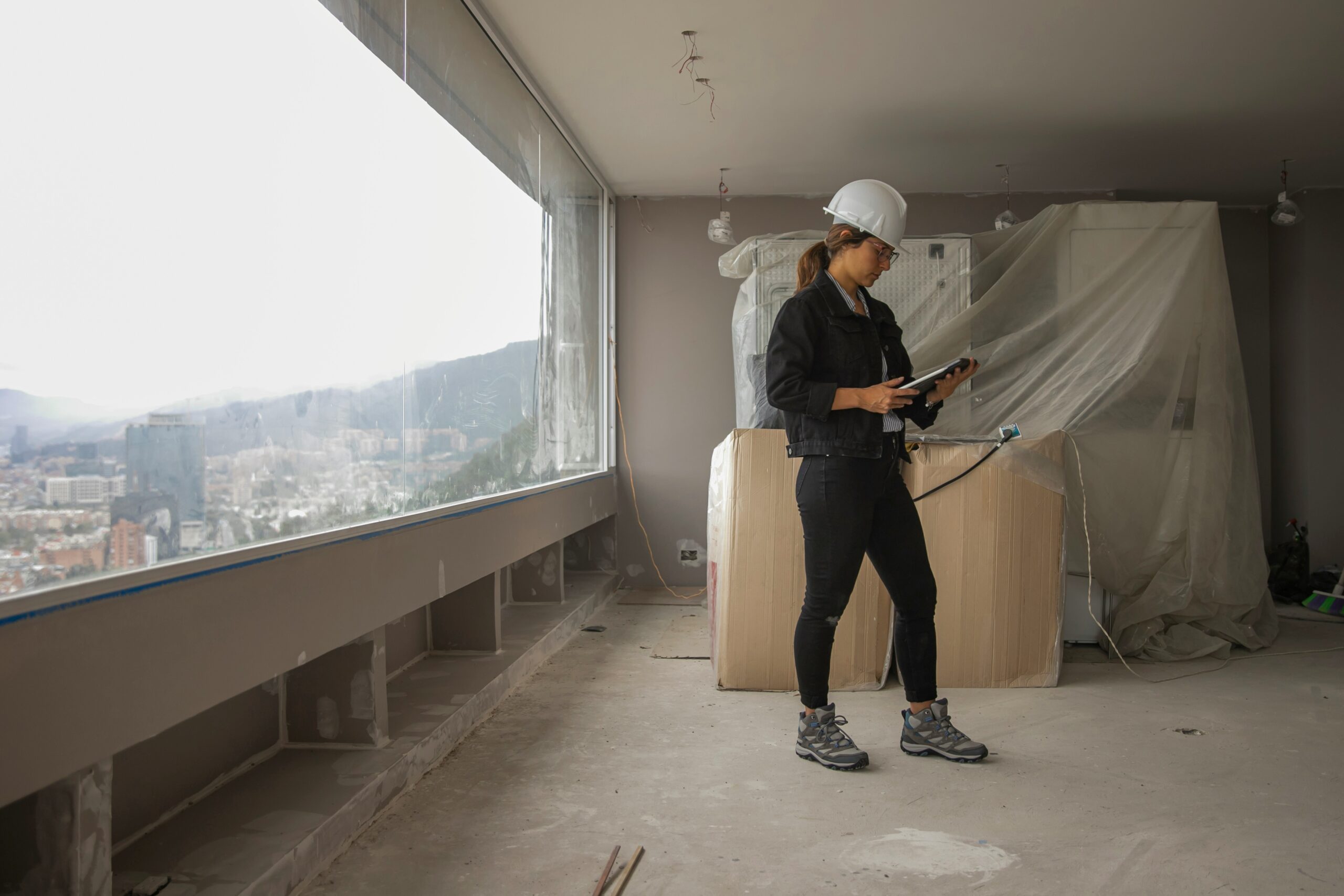
Construction projects, whether residential or commercial, require careful planning and execution to ensure success. From the initial phase of breaking ground to the final touches, the construction journey involves crucial steps that bring a vision to life. Understanding the stages of construction helps all parties involved stay on track and avoid common pitfalls.
Initial Planning and Design Phase
The foundation of every construction project begins with proper planning and design. At this stage, architects and engineers collaborate to create a blueprint that meets both aesthetic and functional needs. They factor in building codes, zoning laws, and safety regulations. The team refines the design through several drafts, ensuring that all stakeholder input is incorporated.
A critical element during this phase is budgeting. Accurate cost estimation is necessary to avoid budget overruns. The construction team must evaluate the cost of materials, labor, permits, and any unexpected contingencies. By doing so, they can set a realistic financial plan that supports the entire construction process.
Site Preparation and Groundbreaking
Once the design and budget are finalized, construction moves to the site preparation phase. This step involves clearing the land of any debris, trees, or structures that might interfere with construction. Surveyors mark the boundaries and ensure the land is level, ready for foundation work.
Groundbreaking marks the beginning of physical work on the site. Heavy machinery is used to excavate the area, preparing it for the foundation. Whether it’s a slab, crawl space, or basement, the type of foundation chosen depends on the building design, soil conditions, and budget.
Foundation Construction
The foundation is one of the most critical components of any construction project. It serves as the base of the building, ensuring stability and support for the entire structure. In this phase, the team pours concrete or builds foundation walls, depending on the chosen design. It’s critical to ensure the foundation is level and secure.
Workers monitor curing times for concrete and inspect the foundation for cracks or weaknesses. This step requires careful attention to detail, as even minor flaws can lead to significant issues later in the project.
Framing and Structural Work
Once the foundation is set, the framing stage begins. This phase gives the building its shape and structure. The team uses wood, steel, or concrete materials to create walls, floors, and the roof frame. The structure forms the skeleton of the building, allowing the construction team to visualize the overall space.
At this point, the team has installed the electrical, plumbing, and HVAC systems within the walls. This often requires collaboration between multiple subcontractors, ensuring that each system integrates seamlessly into the overall framework. Once the framing and internal systems are in place, the building begins to take its final shape.
Exterior and Roofing Work
The next step in the construction journey involves working on the exterior. This includes adding roofing materials, windows, and doors. Roofing work requires careful installation, especially for weatherproofing and insulation. The roofing team must inspect the structure’s integrity to prevent leaks and future damage.
At this stage, workers focus on weatherproofing the building, ensuring that the outer walls are appropriately sealed. This prevents moisture from seeping in and causing mold or water damage, which can weaken the structure over time.
Interior Work and Finishing Touches
As the building begins to take shape on the outside, it’s time to focus on the interior. The team finalizes electrical wiring, plumbing systems, and ductwork. They insulate walls, install drywall, and lay floors. The interior starts to resemble the living or working space that the client envisioned.
With the basic structure in place, it’s time for the finishing touches. Painters, carpenters, and flooring specialists all come together to give the space its final look. The team installs cabinetry, lighting fixtures, and paints walls while ensuring that every surface is polished and pristine.
Inspection and Quality Control
Before completing a construction project, the team conducts a thorough inspection to ensure it meets all local building codes and safety standards. Inspectors verify the integrity of the structure, its systems, and safety features, ensuring that everything functions as intended.
The goal of this phase is to ensure that the building is safe, functional, and compliant with all relevant laws and regulations. The team must address any issues discovered during the inspection before the project can move forward.
Final Walkthrough and Handover
Once the team completes inspections and makes any necessary corrections, they will have nearly finished the project. They schedule a final walkthrough, allowing the client to review the work and ensure everything meets their expectations. This serves as the final opportunity for the construction team to make minor adjustments or fixes before handing over the building.
After the walkthrough, the construction team will officially hand over the building to the client, marking the end of the construction journey. At this point, the team has prepared the building for occupancy or use, and the client can now enjoy the results of months (or even years) of hard work.
Common Challenges in the Construction Journey
While every construction project follows a similar journey, challenges are inevitable. Weather conditions, delays in material delivery, and unexpected site conditions are just a few factors that can hinder progress. However, careful planning and open communication can resolve most issues without derailing the project.
One common issue is the risk of going over budget. It’s essential to account for unforeseen costs and delays from the beginning. Construction teams can minimize this risk by maintaining flexibility and having contingency plans in place.
The construction journey is a complex, multi-step process that requires careful planning, attention to detail, and teamwork. By understanding the key phases, construction professionals can execute each step correctly and ensure that the final product meets the highest quality standards. From the initial blueprint to the final walkthrough, every phase of the construction journey plays a crucial role in creating the spaces where we live and work. By following best practices and staying on schedule, you can ensure a successful construction project from start to finish.